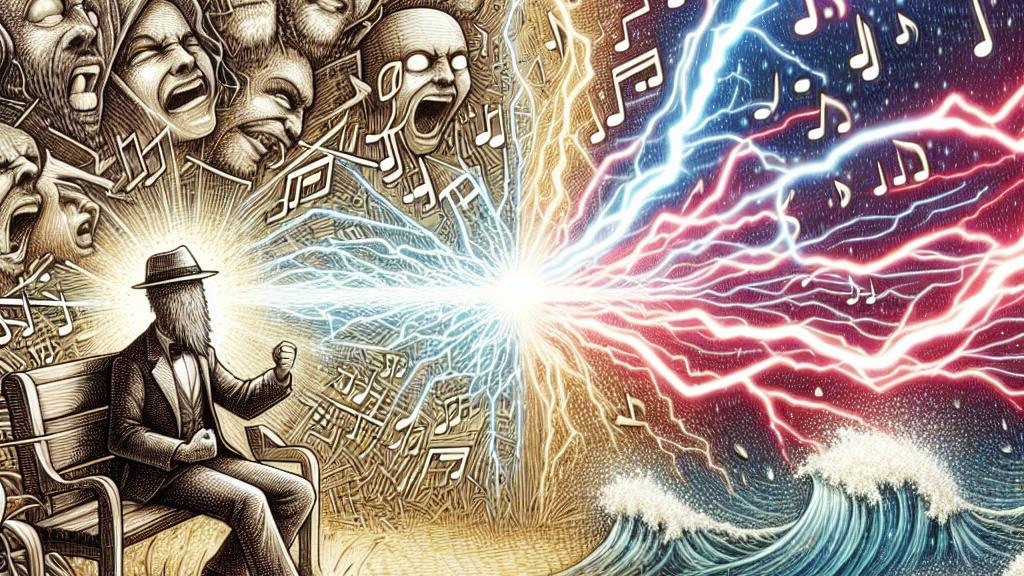Exploring Pragmatic Information in Aesthetic Judgment
Overview
- Presents an innovative model employing pragmatic information to assess aesthetic appraisal.
- Highlights compelling correlations between musical elements and aesthetic pleasure through experimental research.
- Integrates insights from cognitive science and computational theory to enhance our understanding of artistry.

The Foundation of Aesthetic Appraisal
This article introduces a groundbreaking approach to aesthetic appraisal, carefully positioned within the vibrant dialogue of contemporary cultural studies. Crafted by Peter beim Graben, the model explores the role of pragmatic information—how it dynamically informs our understanding of artworks, especially Western tonal music. Through fascinating experimental findings, participants demonstrated a remarkable sensitivity to distinct musical features. For instance, a sudden shift in tempo might provoke a thrill, compelling listeners to perk up in anticipation, while a gentle, resolved melody can evoke profound feelings of tranquility. This interplay between music and emotional response illustrates the depth of our aesthetic experiences, encouraging us to appreciate the intricate layers of creativity present in art.
Linking Aesthetic Pleasure and Musical Structure
What emerges from this research is an enlightening connection between specific cadential effects in music and the levels of aesthetic pleasure experienced by study participants. This relationship prompts a deeper inquiry into how various musical structures resonate within our cognitive landscapes. Take the example of a powerful crescendo: it engulfs listeners, drawing them into a swell of emotions, followed by a soft resolution that provides relief. Such musical transitions not only heighten our emotional engagement but also reveal the neural underpinnings of our responses, supported by recent studies on brain connectivity. By examining these interactions, we can gain invaluable insights into why certain musical forms evoke such strong emotional reactions, as well as how these responses are embedded in our neurological framework.
Broader Implications and Future Directions
Furthermore, the discussion transcends mere theoretical analysis; it vividly weaves together a tapestry of computational models and neurodynamic accounts, enhancing our understanding of aesthetic judgment. By integrating perspectives from neuroscience, artificial intelligence, and cognitive psychology, the article crafts a rich context for our interaction with art. This prompts exciting questions about evolving frameworks that can amplify our appreciation—not only of music but also of visual arts, literature, and performance. Imagine navigating through these artistic landscapes with a heightened awareness of our emotional and cognitive processes! As we ponder these connections, we can envision a future where our understanding of aesthetic experiences not only enriches our cultural narratives but also fosters a deeper connection between individuals and the art that surrounds them.

Loading...